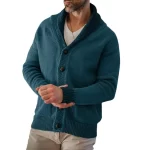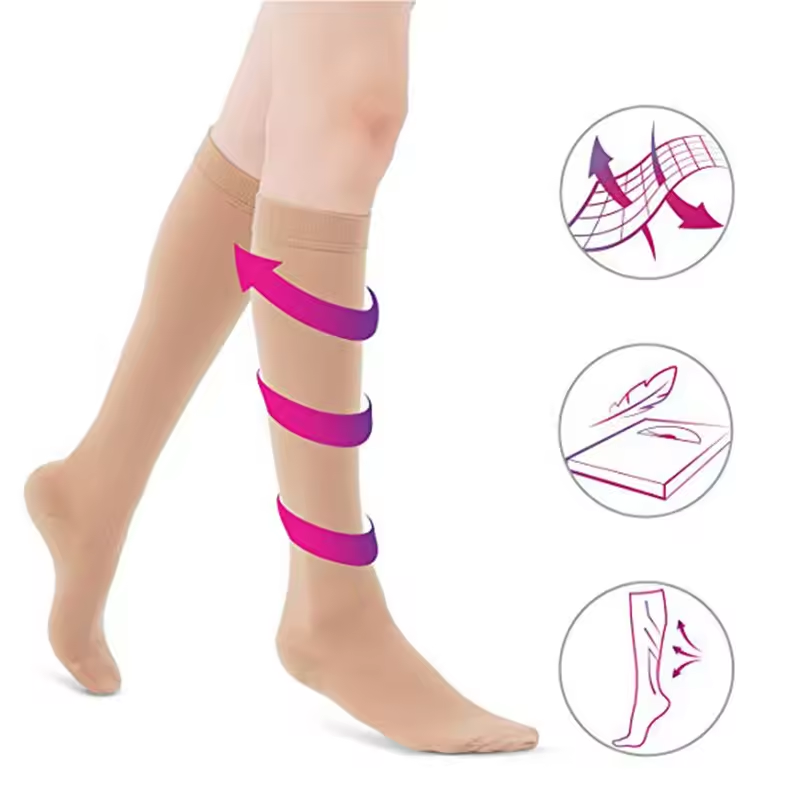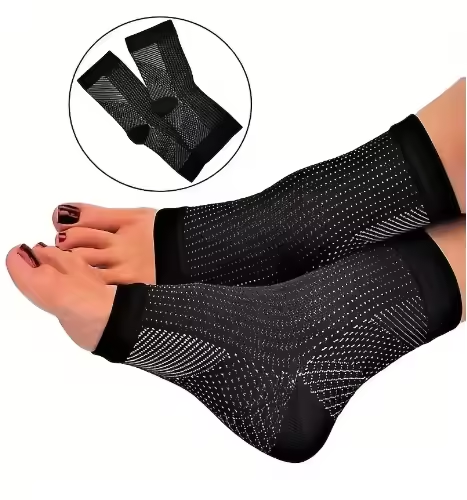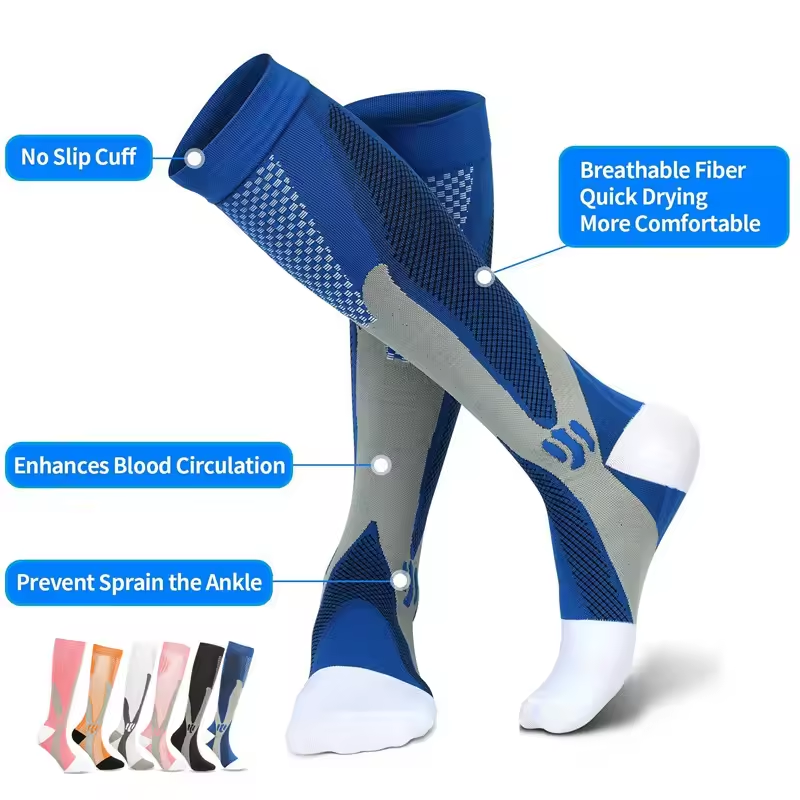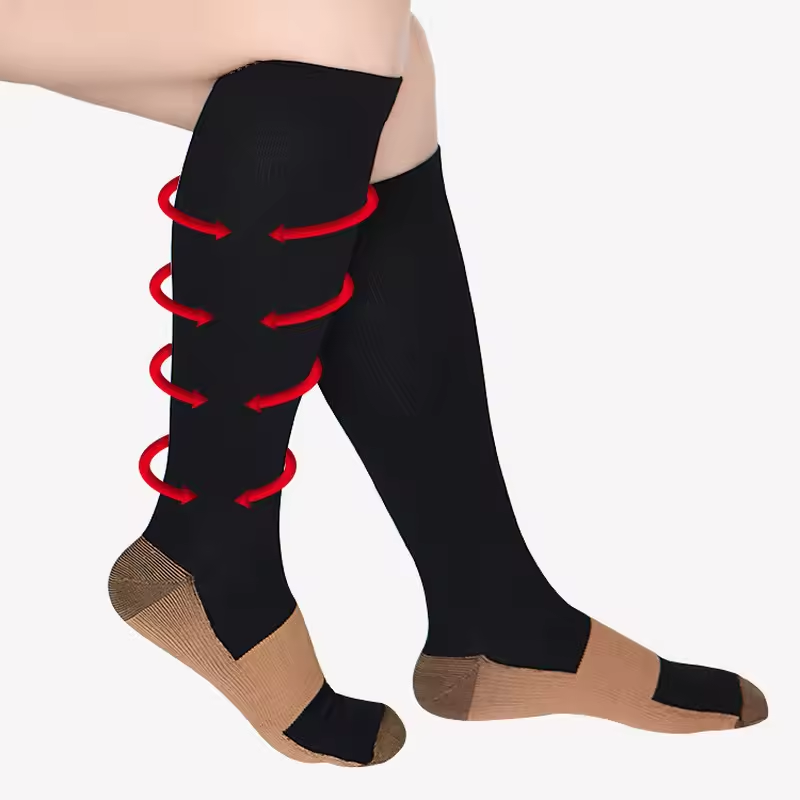Understanding Compression Socks and Their Uses
Compression socks are special hosiery designed to help manage and prevent the occurrence of various medical conditions. They apply gentle pressure to the legs and ankles, promoting blood flow from the lower extremities back to the heart. People wear these socks for several reasons, including during long flights or by those with professions that require standing for prolonged periods.
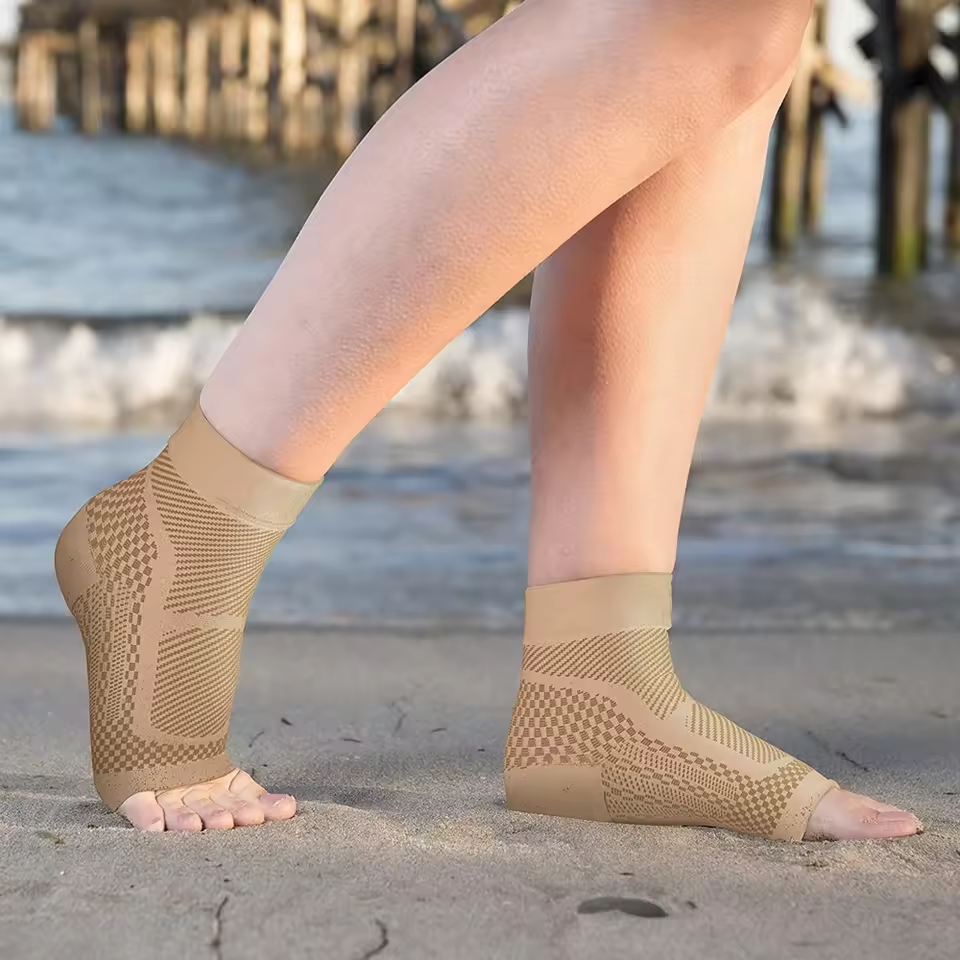
Compression socks aid in reducing swelling, preventing the formation of blood clots, and easing the pain associated with varicose veins. Athletes often use them to improve performance and speed up recovery times after intense workouts. In some cases, doctors prescribe compression socks as a part of treatment for certain health issues, such as deep vein thrombosis or lymphedema.
When it comes to measuring for compression socks, it is crucial to do it right. Proper fit ensures the socks work effectively and provide the desired therapeutic benefits. Understanding how to measure for compression socks is the first step towards enjoying all the advantages they offer without any discomfort or complications.
The Importance of Accurate Measuring for Compression Socks
Getting the right size for compression socks is vital. It makes sure the socks perform as they should. The right fit can help prevent new health issues and keep old ones from getting worse. If the socks are too tight, they can cut off circulation rather than improve it. This can cause numbness and increase the risk of blood clots. On the other hand, socks that are too loose won’t give the needed support. They can slide down and become uncomfortable to wear. An accurate measurement ensures that the compression is in the right places. This can help with healing and give you the full benefits of the socks.
Remember, the aim is to boost blood flow, reduce swelling and avoid discomfort. For people with certain medical conditions, a bad fit might lead to serious effects. That’s why knowing how to measure for compression socks is more than just a nod to comfort. It’s a part of successful therapy and prevention. Measure your legs correctly to get all the rewards from your compression socks without any problems.
Tools Needed for Measuring Compression Socks
Before you learn how to measure for compression socks, gather the right tools. Short and simple steps will guide you through what you need for accurate measurements. Here’s what you’ll require:
- A flexible measuring tape: This is key to getting precise measurements of your legs. Make sure it’s soft and can wrap around your leg’s contours.
- A pen and paper: Once you take each measurement, write it down immediately. It saves you from forgetting any important numbers.
- A flat surface to stand on: Ensuring you stand on a flat surface leads to more accurate measuring.
- A friend or helper: Some find it tricky to measure themselves. A friend can help you hold the tape snugly and in the right place.
- A mirror: Check in a mirror to see if the tape is straight around your leg.
In summary, using these tools correctly helps you get reliable measurements. This makes sure your compression socks fit well and work as expected. Remember, the right tools and accurate measuring are the first steps in enjoying the benefits of compression socks.
Step-by-Step Guide to Measure Your Legs for Compression Socks
To ensure you receive the full benefits of compression socks, proper measuring is essential. Follow this simple guide:
- Stand Up Straight: Begin by standing on a flat surface. Keep your legs straight and your weight evenly distributed.
- Measure Your Ankle: Locate the narrowest part of your ankle. Wrap the measuring tape around this point and note the circumference.
- Find Your Calf Size: Identify the widest part of your calf. Measure the circumference here using the measuring tape.
- Leg Length for Knee-Highs: If you’re opting for knee-high socks, measure the distance from the floor to the bend behind your knee.
- Thigh Length for Thigh-Highs: For thigh-high socks, measure from the floor to the top of your thigh, just below the buttocks.
- Write Down All Measurements: Keep a record of all these numbers as you will need them to choose the right size.
- Double-Check: To avoid errors, you may want to measure two or three times. The numbers should be close to the same each time.
Remember, snug but not tight is what you’re aiming for with your compression socks. If you follow these steps, you’ll find the right fit to help improve blood flow and reduce discomfort.
Tips for Getting the Most Accurate Measurements
When measuring for compression socks, precision is key. Follow these tips to ensure you get the most accurate measurements:
- Measure at the Right Time: Measure your legs in the morning. At this time, swelling is usually at its lowest.
- Keep the Tape Level: As you measure, ensure the tape is horizontal to the floor. This avoids slanting that may alter measurements.
- Don’t Pull Too Tight: The tape should be snug against your skin. But, make sure it does not dig into your flesh.
- Stand Still: During measuring, don’t move around. Keep your posture straight and still for consistent results.
- Double-Check Everything: After you write down a measurement, double-check it. This confirms you have the correct numbers.
- Avoid Guessing: Don’t guess any of your measurements. Guessing can lead to choosing the wrong size of socks.
- Update Measurements Regularly: If you gain or lose weight, update your measurements. Your leg size may change over time.
- Seek Professional Help: If unsure, ask a healthcare provider. They can guide you through how to measure for compression socks.
By applying these tips, you can avoid common mistakes and ensure your compression socks fit perfectly and function effectively.
Key Measurements: Calf Circumference and Ankle Size
The key to ensuring your compression socks work well is to measure your calf circumference and ankle size accurately. These measurements determine the level of compression and the comfort of the sock. It’s vital to get these right.
For the calf circumference, you need to find the widest part of your calf. Stand upright and use the flexible measuring tape around this area. The tape should fit snugly but not dig into your skin. Write down the measurement as soon as you take it.
Measuring the ankle size is just as important. Locate the narrowest part of your ankle, right above the bone. Wrap the tape measure around this spot and note the number. Again, ensure the tape is snug but not tight.
Together, these measurements will help you select the right size compression sock. They ensure adequate compression to improve blood flow without causing discomfort or circulation issues.
In summary:
- Measure the widest part of your calf for calf circumference.
- Measure the narrowest part of your ankle for ankle size.
- Keep the measuring tape snug, but not too tight.
- Write down your measurements immediately.
By following these steps on how to measure for compression socks, you’ll find a pair that fits well and helps alleviate leg discomfort effectively.
Choosing the Correct Compression Level
After you know how to measure for compression socks, choosing the right compression level is the next critical step. Compression socks come with different levels of pressure, measured in millimeters of mercury (mmHg). These levels range from light to very firm compression:
- Light Compression (8-15 mmHg): This level is good for those who are mostly sedentary or for everyday wear to help with mild swelling and fatigue.
- Moderate Compression (15-20 mmHg): Ideal for frequent flyers, pregnant women, or people who stand for long hours. This level can also help prevent deep vein thrombosis during travel.
- Firm Compression (20-30 mmHg): Often recommended by healthcare providers for those with varicose veins, moderate edema, or after certain surgeries to aid in recovery.
- Very Firm Compression (30-40 mmHg): This is used for serious vein diseases, severe edema, or for those who had a venous procedure.
- Prescription Compression (>40 mmHg): The highest level requires a doctor’s prescription and is used for severe lymphedema and other advanced conditions.
The right compression level depends on your needs and sometimes you may need a healthcare provider’s advice. People with specific medical conditions should consult a professional to avoid complications. If you are using compression socks for sports or general comfort, moderate compression often works well. Always ensure that the pressure feels right – it should be snug but not painful. Regularly wearing the correct compression level will maximize the benefits and ensure the health of your legs. Remember to reassess your needs if your lifestyle or health changes.
Troubleshooting Common Measuring Mistakes
Even with a careful approach, mistakes can happen when measuring for compression socks. Here are some common errors and how to fix them:
- Using a Rigid Tape Measure: Always use a flexible tape measure. It will contour to your leg shape for accurate results.
- Not Standing Up Straight: Stand tall with weight distributed evenly. This ensures accurate calf and ankle measurements.
- Measuring Over Clothes: Measure directly on your skin. Clothes can add extra width, leading to a size that’s too big.
- Pulling the Tape Too Tight: Keep the tape snug but not constricting. Too tight and you’ll get a smaller size than needed.
- Inconsistent Measuring Points: Always measure the same spots: the narrowest part of your ankle and the widest part of your calf.
- Rushing Through the Process: Take your time to get each measurement right. Double-check if needed.
- Ignoring Swelling: If your leg is swollen, wait until it subsides or measure early in the morning.
- Not Asking for Help: It’s okay to ask someone to assist you for better accuracy.
By knowing how to address these common mistakes, you’ll ensure a better fit and more effective use of your compression socks.
When to Replace Your Compression Socks
Just like any other piece of clothing, compression socks have a lifespan. Knowing when to replace them is important for maintaining their effectiveness. Here are signs that it’s time to get a new pair:
- Loss of Elasticity: If your socks no longer feel snug and begin to slide down, they may have lost their elasticity. This affects the level of compression.
- Visible Wear and Tear: Look for signs of damage such as thinning material, holes, or frayed seams. These can compromise the pressure the socks provide.
- Changed Medical Needs: If your health situation changes, you might need a different level of compression. Check with your doctor.
- Recommended Time Frame: Manufacturers often suggest replacing compression socks every 3-6 months, depending on use.
Regular inspection and timely replacement ensure your compression socks continue to support leg health effectively. Pay attention to the fit and condition of your socks and replace them as needed to enjoy the benefits of proper compression.





